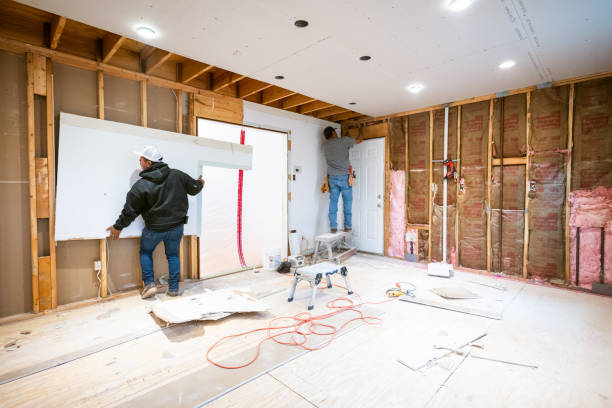After fifteen years helping clients achieve dramatic life transformations, I’ve learned that career changes require the same systematic approach as fitness goals – clear planning, consistent effort, and the right training program. HVAC careers offer exceptional opportunities for people seeking stable, well-paying jobs that can’t be outsourced and provide genuine job security. The paid training programs available today eliminate traditional barriers to entry, making skilled trades accessible to anyone willing to commit to the process.
Understanding the HVAC industry landscape reveals opportunities that most people overlook. The Bureau of Labor Statistics projects 13% job growth through 2032 – much faster than average – driven by construction growth, energy efficiency upgrades, and aging infrastructure requiring replacement. This demand creates seller’s market conditions where qualified technicians can negotiate better wages, benefits, and working conditions. It’s like having multiple gym memberships available when you’re the only certified trainer in town.
Physical demands of HVAC work require realistic assessment, similar to evaluating fitness levels before starting intensive training programs. The job involves climbing, lifting equipment up to 50 pounds, working in confined spaces, and exposure to various weather conditions. However, proper technique, safety equipment, and gradual conditioning can help most people adapt successfully. The physical requirements are manageable for anyone willing to prepare systematically.
Paid training programs eliminate the financial barriers that prevent many people from pursuing skilled trades. Companies like Carrier, Trane, and local contractors often provide full salary during training periods ranging from 6 months to 2 years. Some programs include benefits, tool allowances, and guaranteed employment upon completion. This approach removes the risk of investing in education without guaranteed job placement – it’s like having a personal trainer who guarantees results or your money back.
Entry-level compensation in HVAC often exceeds what many college graduates earn, with faster pathways to middle-class income. Starting technicians typically earn $35,000-45,000 annually, while experienced professionals command $50,000-80,000 or more. Overtime opportunities, emergency service premiums, and performance bonuses can significantly increase total compensation. Unlike many careers requiring expensive degrees, HVAC provides clear paths to financial stability without student loan debt.
Career advancement opportunities in HVAC mirror the progression paths I create for fitness clients – clear milestones, skill building, and increasing responsibilities. Technicians can specialize in commercial systems, become service managers, start their own businesses, or transition to sales roles. The industry rewards competence and reliability with rapid advancement opportunities that often surprise people coming from other fields.
Technology integration in modern HVAC systems creates exciting opportunities for tech-savvy workers. Smart thermostats, building automation systems, energy management software, and diagnostic tools require continuous learning that keeps the work interesting and valuable. This technology focus appeals to younger workers while providing older workers with transferable skills that enhance their career prospects.
Job security in HVAC surpasses most other industries because the work is location-dependent and essential. Economic downturns might slow new construction, but heating and cooling systems always need maintenance, repair, and emergency service. This recession-resistant quality provides peace of mind that many other careers lack. It’s like having a fitness routine that keeps you healthy regardless of external circumstances.
Work-life balance in HVAC can be excellent when managed properly, though it requires setting boundaries like any successful fitness routine. Many technicians work standard business hours with occasional overtime during peak seasons. Emergency service rotations provide extra income opportunities while ensuring reasonable time off. Self-employed technicians enjoy even greater schedule control while building wealth through business ownership.
Making the transition to HVAC requires commitment and realistic expectations about the learning curve, similar to achieving significant fitness results. Research training programs thoroughly, understand the physical demands, and prepare financially for the training period. The most successful career changers approach HVAC with the same dedication they’d apply to any important life goal – consistent effort, patience with the learning process, and confidence that the results justify the investment.








